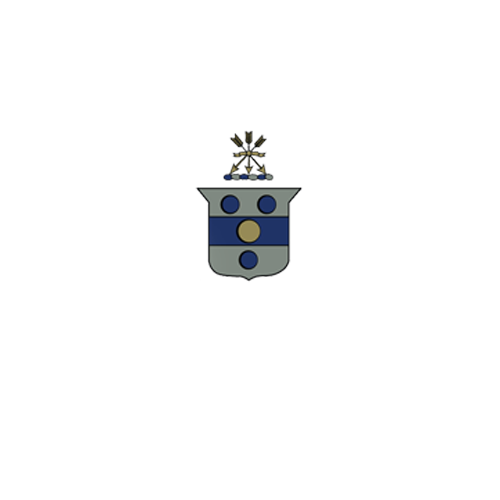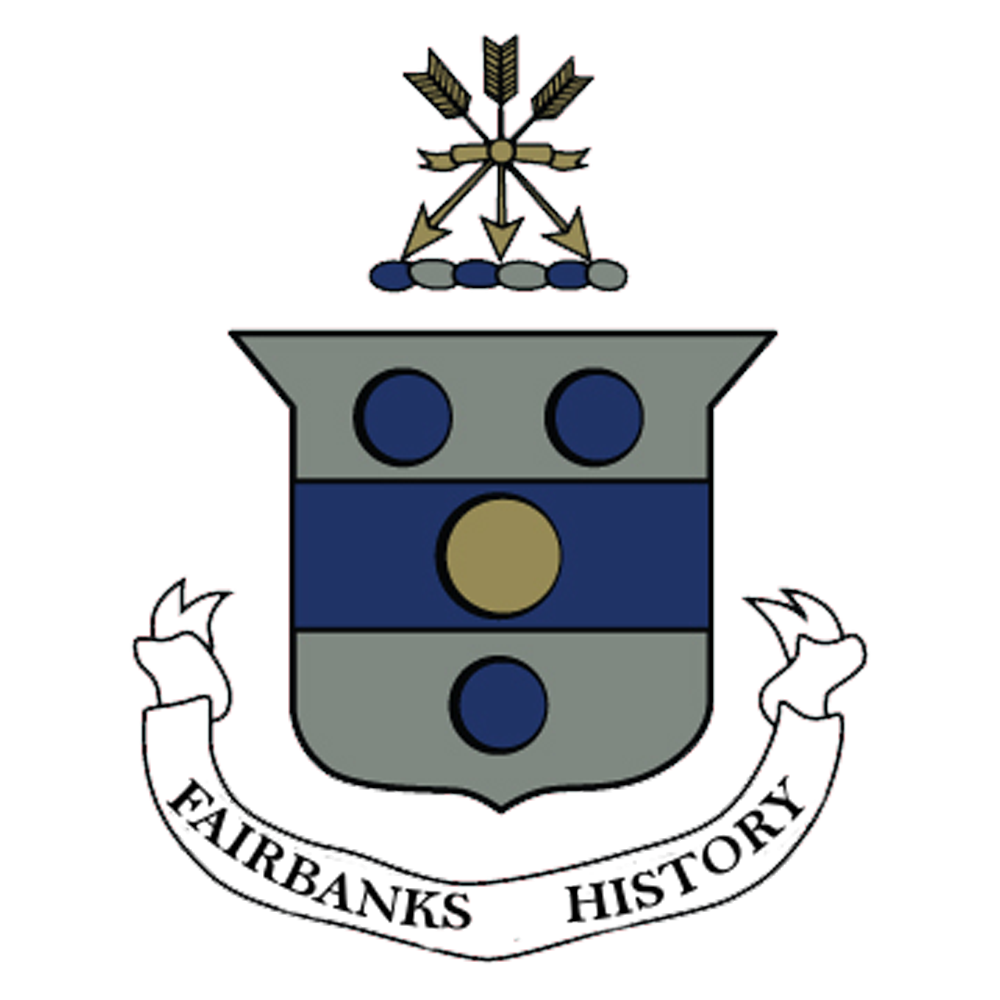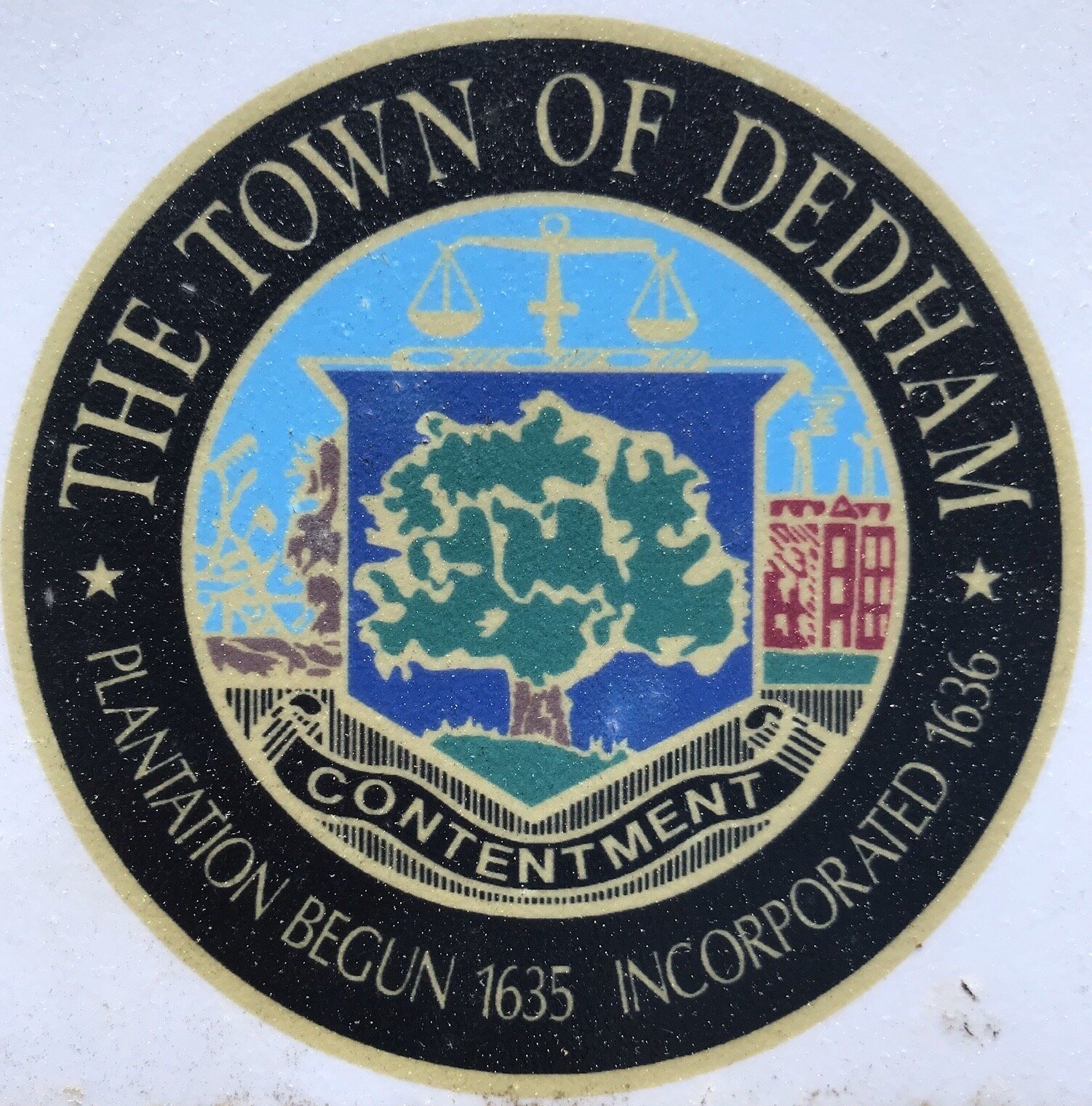Jonathan Fairbanks and the Founding of Dedham, Massachusetts Bay Colony 1635/36
The Fairbanks Family’s Role in Founding Dedham
The Fairbanks family of Halifax Parish, West Yorkshire, England, became settlers in Dedham, Massachusetts, March 23, 1636/37. After the first land allotments, Jonathan Fairbanks was first on the waiting list for second land grants. Many of the original family never left the town or the area, originally known as Dedham. In fact, today descendants of the family still reside there. Jonas, the third son, was the only child who left. He helped found Lancaster, Massachusetts, with the Prescott family.
The Settlement of the Massachusetts Bay Colony
By the time Jonathan Fairbanks and his family came to the Colony, about 1633, the Boston settlement was underway. The first eleven ships coming with Governor John Winthrop brought at least 700 people in 1630. An average of 2,000 people came each year until 1638. By 1635 both Cambridge and Watertown had too many people. There were twenty-six towns started in the Massachusetts Bay Colony (MBC) before Dedham. They all were considered coastal towns.
Watertown Too Full. Time to Move Again
Saltonstall (Watertown) is the town we believe the Fairbanks and Prescott families stopped at prior to founding their respective towns https://www.fairbankshistory.com/colonial-history/fairbanks-and-prescott-come-to-watertown-massachusetts-bay-colony?rq=watertown
Watertown was teaming with new settlers. The town was called “straited” – too full. There were about 100 families. The original proprietors didn’t want to grant land in the new divisions to newcomers.
The Fairbanks family is not documented in Watertown. However, many men from Watertown founded the town of Dedham. Abraham Shaw, from the Halifax Parish in West Yorkshire, England, is known to have a house in Watertown that burned in 1636, just before he became an early settler in Dedham. https://www.fairbankshistory.com/colonial-history/7oa040ah83lkr8hkuant228svlb0xd?rq=Abraham%20Shaw
Even before 1635, many of the coastal towns wanted to allow people to leave to open other settlements, but the MBC government forbid this. Relationships between the Pequots, indigenous people, and the settlers were tenuous. The MBC feared reprisals and needed strength in numbers on the coast. Even so, some settlers left Watertown for the Connecticut River valley without permission.
By fall of 1635, the settler’s unrest must have outweighed other fears. The General Court granted two new inland plantations. A plantation was the name of a new settlement before they were sufficiently set up with residents, a minister, and a plan to govern the town. Two plantations, Contentment (Dedham) and Musketaquid (Concord), were granted the same day in early September, 1635.
Tiot, Land of the Neponset People
Current day picture of part of the actual falls at Newton that the Watertown men had to portage around to get to Tiot or Dedham in 1635
While waiting for the General Court to allow new settlements, several men from Watertown, prepared dugout canoes and traveled inland on the Charles River to search for potential lands. Among these men were Edward Alleyn, Richard Everard, John Gay, John Ellis, and John Dwight.
They came to two falls at Newtown (Newton) and had to portage the canoes around them. As they continued away from Boston, they found the river was very winding. There was little current, and it opened from forests into broad meadows. The river widened at that area, but in places, it was choked with trees and roots. This made the water rise over the meadows creating swamps.
Tiot, the name the indigenous people gave the land, means land surrounded by water, in the Algonquin language. If the men from Watertown saw any indigenous people, they didn’t document it at their early meetings. Since the indigenous people moved to different areas, according to the season, perhaps they were not on the land at the time the Watertown men first viewed it. https://dedhamhistorical.org/dedhams-indigenous-histories/
The Neponset returned to their homes on Wigwam Plain later. Their encampment was about a fifteen minute walk from the Fairbanks House. https://dedhamhistorical.org/dedhams-indigenous-histories/ It is said there was a path to their site through the Fairbanks family allotment. The land was purchased from the indigenous people, and the settlers and the Neponsets lived peacefully, side by side, for many years. Many descendants of both still live in the town of Dedham. https://dedhamhistorical.org/dedhams-indigenous-histories/
Tiot is Named Contentment by the Settlers
Grass lands found around Wigwam Pond, Dedham Massachusetts May 2019.
The Watertown men found vast meadows to graze livestock, even before land was cleared. They could also use the coarse grass to make thatch roofs for their homes. The uplands were hilly, rocky, and covered by oaks and elms. Many trees meant materials for building, fuel, and commerce. There were swamps with pine, cedar and hemlock. Wolves, bobcats, and bear preyed on the deer that became scarce. As a whole, the men thought this would be a land where they would be content, especially since they felt pressured to leave Watertown.
The adventurous men returned to Watertown. They held private meetings in their homes. In early September 1635, twelve men formed a petition for the land, Tiot. The men attending were: John Dwight, Philamon Dalton, Samuel Morse, Lambert Genery, Richard Everard, Ralph Shepheard, Thomas Cakebread, and Robert Feke. Thomas Cakebread represented them as a military man, and Robert Feke was a respected man of Watertown.
The response to their request was favorable. In fact, both Contentment (Dedham) and Musketaquid (Concord) were granted land on the same day. The Contentment men were given about ten square miles of land. They were required to purchase the land from the indigenous people, which they did.
Planning the Town of Contentment
The town fathers held regular meetings. Eight were held in Watertown. The first meetings were private as they fashioned a covenant, a contract which a settler signed to become a part of the plantation. At their early meetings, they called their settlement Contentment. Their documents reflected the desire to found this town on the love of God and each other. https://archive.org/details/earlyrecordsofto03hill/mode/2up
Edward Alleyn was meticulous about keeping records of the development and organization of the town. Unlike many early towns, their records were preserved to give us a clear idea of what transpired in those early years. (Kenneth A. Lockwood, A New England Town: The First Hundred Years.)
On August 18, 1636, they opened their meetings to the public. They encouraged the men, already invested, to find men of “like minds” to help settle the plantation. They knew they would be far from other towns and would need help if trouble erupted. Their land was surrounded by water connected only by a neck of land on the west. This gave them some sense of security.
It appears that only those who petitioned and signed the covenant were listed on the meeting minutes. Fairbanks was not listed. By February 1636/37, Fairbanks had not committed to Dedham.
Jonathan had several options when deciding where to settle. He could stay in Watertown or go to another existing town. Choosing those options, he would not be an early proprietor and would not get the large land grants. Other options were Wethersfield or Hartford being established in the Connecticut River valley, 160 miles away. Some of these people left Watertown before General Court granted permission to move.. Concord was another choice.
Contentment Becomes Dedham
Dedham Massachusetts showing 1636 land grant and more. Courtesy of the Dedham Historical Society and Museum
By April 16, 1636, the land that the men called Contentment was surveyed and recorded. At the next meeting, the first lots were assigned. Within a short time, the thirty lots were all designated. The second wave of settlers were put on a waiting list. Jonathan Fairbanks was the first name on that list, followed by Mr. Thomas Carter, John Eaton, Ralph Wheelock, and Henry Phillips.
Some men of the first allotment went to prepare the land for the town. By September 5, 1636, the men of Contentment decided they needed additional land. They returned to General Court to request more. The Contentment contingency numbered nineteen petitioners. After the petition was taken to court, several more signed.. These men included the original twelve and John Kingsbury, John Hayward, John Rogers, Auston Francis, Daniel Morse, Joseph Morse, John Ellis, Ezekiel Holliman, and Thomas Bartlet, Thomas Hastings, John Huggen, William Bearstow and Abraham Shaw. The last two listed here were from Halifax, West Yorkshire, England. https://www.fairbankshistory.com/colonial-history/7oa040ah83lkr8hkuant228svlb0xd?rq=Bearstow
The plantation was so well structured with several representatives of the clergy, a military man, an ample number of settlers, and a covenant and rules, that the court made the second grant as an incorporation of the town. Two hundred square miles of land was granted. A three year pardon on rates or country taxes was given, and there was no military service required for the colony unless there was an emergency. They were free to govern their own town under umbrella of rules and laws of the Colony. But the General Court said the town had to be known as Dedham. https://archive.org/details/earlyrecordsofto03hill/page/n21/mode/2up
As documented by the 1636 fall and winter meetings held in Watertown, building commenced at Dedham, but most of the settlers remained in Watertown over the winter.
Fairbanks Joins Dedham
Jonathan Fairbanks’s signature from a Dedham
petition in 1658
The second survey was made. On March 23 of 1636/37, the first meeting was held on Dedham soil in one of the early houses. Seventeen men attended: Edward Alleyn, Abraham Shaw, Samuel Morse, Philemon Dalton, Joseph Shaw, Ezekiel Holliman, Lambert Genery, Nicholas Phillips, Ralph Shepheard, John Gaye, Francis Austen, William Bearstow, John Rogers, Daniel Morse, John Huggins, and John Dwight.
Jonathan Fairbanks was at that meeting. The first order of business was reading of the minutes. The second order was the presentation of Jonathan Fairbanks for acceptance by all members of the town. Jonathan was promoted by John Dwight who had discovered the land, attended all the meetings and petitions, and was one of the earliest settlers. Jonathan had to tell the gathering why he wished to settle. The floor was then opened for questions of Fairbanks or comments about his character. If anyone found concerns or believed Fairbanks to be lying, he would be expelled immediately. Consequences for John Dwight, his presenter, could also be severe.
Fairbanks was voted into town and given a lot on the east side of Dedham about one mile from the Keye, the landing spot and center of town. Jonathan, a family man, received twelve acres of upland with four acres of swamp to clear. Single men were given eight acres of upland with three acres of swamp. Having received his lot, he was required by the written laws to inhabit the town before the following November.
At that same meeting, Jonathan was appointed to a committee with William Bearstow and Samuel Morse to retrieve timber for a community swine pen and barn to be built by Lambert Genery on the Big Island.
Jonathan is listed as the thirty-first signer of the Dedham covenant. The second allotment was thirty lots, making a total of sixty. In signing the covenant, Jonathan pledged himself, his family, his heirs and any servants to abide by the rules of the covenant. Jonathan and Grace built the oldest frame house still standing in North America. https://fairbankshouse.org/ Today, Fairbanks descendants, not only live in Dedham and the original two hundred square miles, but can be found across the United States and Canada.
Coming Up
Building the Fairbanks House 1637











